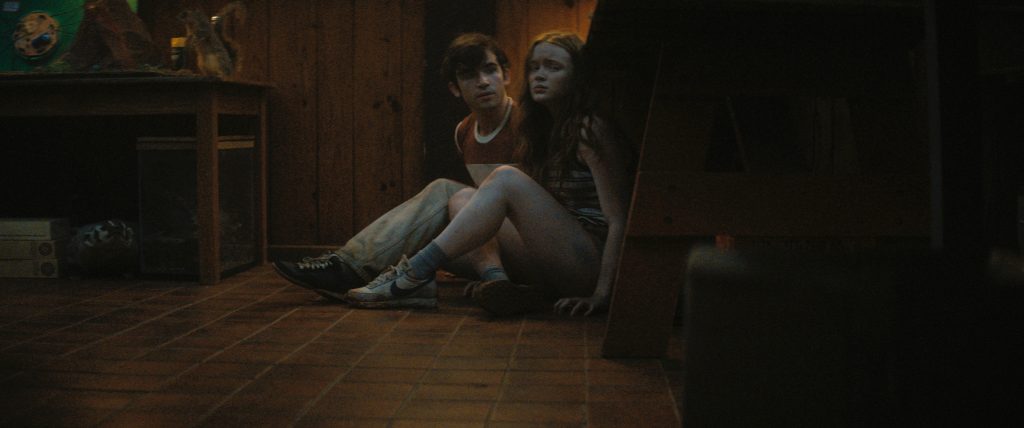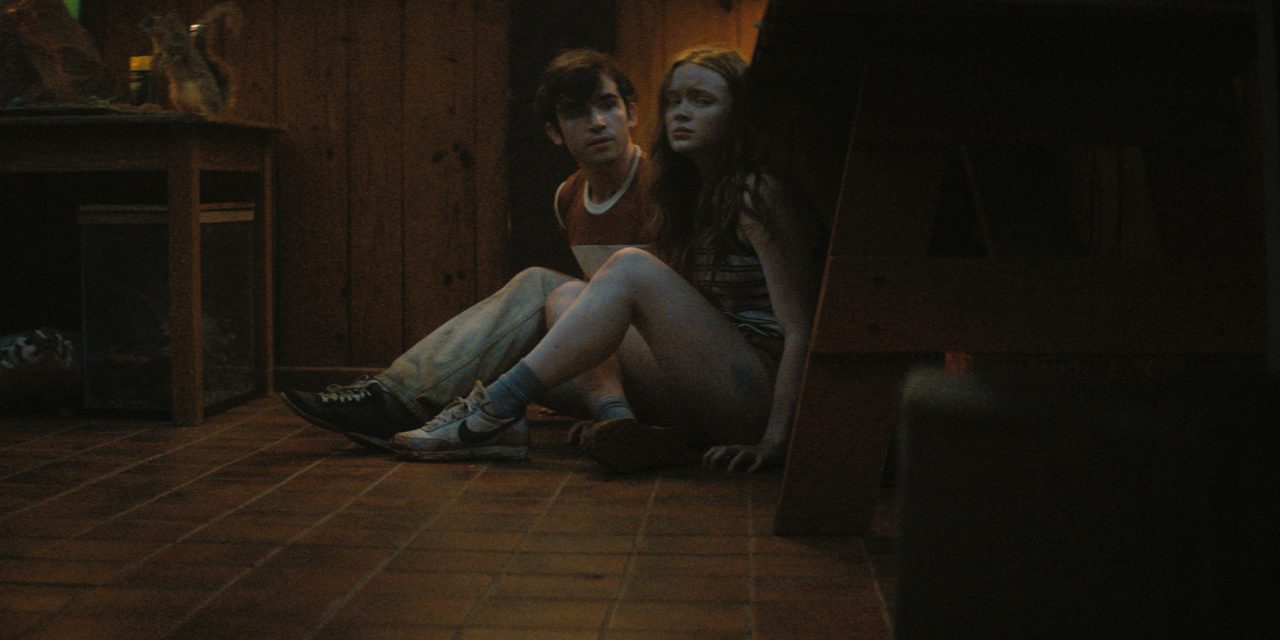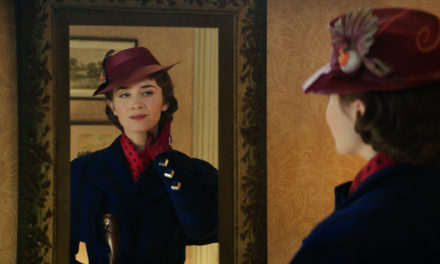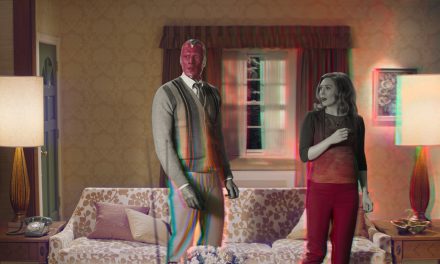This review contains mild spoilers for Netflix’s “Fear Street” film trilogy. Catch up with the first review in this three-part series.
After thoroughly enjoying the first installment in Netflix’s “Fear Street” trilogy, “1994,” I eagerly awaited “1978,” the next installment, during the week in between releases. My anticipation mostly came from learning more about Shadyside’s history, particularly one of the killers encountered in the first film. Much to my surprise, I ended up enjoying this film more than part one.
“1978” continues where “1994” left off: Deena (Kiana Madeira) and her brother Josh (Benjamin Flores Jr.) reach out to C. Berman (Gillian Jacobs), the only survivor of the Camp Nightwing massacre mentioned by Josh in “1994.” The teens even have to face the resurrected ax-wielding killer head on several times. Like Sam, Berman had also seen a vision of the town witch, Sarah Fier, and lived to tell the tale. The teens urge Berman to tell them her story, as they believe her survival could help them defeat Sarah Fier once and for all.
As Berman begins her story, we’re transported to July 1978. There, we meet Cindy (Emily Rudd) and Ziggy (Sadie Sink) Berman, two sisters who are exact opposites. Cindy is a perfect goody-two-shoes with an equally stand-up boyfriend Tommy (McCabe Slye). Meanwhile, Ziggy is as fiery as her hair and ends up in trouble as often as her sister stays out of it. Ziggy’s trouble isn’t typically her own doing — she’s harassed and attacked by Sunnyvale campers and unfairly punished for their actions.
“1978” is also made more enjoyable by the smaller cast of characters. Cindy and Ziggy’s relationship as sisters is front and center. Secondary characters never steal the spotlight, but rather give us more details about the pair. One example includes Cindy’s friends at the camp, who have minor roles in the overall story but reveal that Cindy was not always the prim and proper girl she pretends to be.

Camp counselor Nick Goode (Ted Sutherland) and camper Ziggy Berman (Sadie Sink) hide from the ax murderer pursuing them. (Netflix)
Like “1994” before it, “1978” has an absolutely stellar soundtrack. Viewers with a keen ear will notice the care put into the selections. Songs chosen for scenes in the 90s are all from 1994 or earlier, and songs for scenes set in 1978 follow suit. My favorite moment was C. Berman’s official introduction at her home in “1994” with Nirvana’s 1994 cover of David Bowie’s “The Man Who Sold the World.” Bowie’s original 1970 version appears in the climax of the film in 1978. Other similar moments are scattered throughout the first two films, and it was incredibly fun to pick out these details as a classic rock fan. The soundtrack and setting make up a large part of the overall classic summer camp slasher borrowed from the likes of “Friday the 13th” (1980) and “Sleepaway Camp” (1983) — copious amounts of X-rated teenage delinquency, blood and gore abound. Experiencing this part of Shadyside’s history through C. Berman is what ultimately makes “1978” a better film and allows it to rise above its predecessor.
Compared to “1994,” “1978” seems to be made by a completely different team, particularly evident in the beautifully done climax. The score fades away to the diegetic sound, and we’re left to hear the horrible squelch of blades in flesh accompanied by tight shots on the dying characters in their final moments. If writer-director Leigh Janiak used “1994” as her warm up, then she’s getting comfortable and showing us what she’s got with “1978.” I only wish she’d shown off her skills sooner and committed to making the better film first, as she’s quite clearly very capable.
Rarely are sequels better than the original, particularly in the horror genre, but “Fear Street Part Two: 1978” happily turns that slasher trope on its head. Both films have some storyline and stylistic flaws that make it obvious they come from Netflix.
“1994” and “1978” feature popular, recognizable actors from Netflix hits (e.g. Maya Hawke in “1994” and Sadie Sink in “1978”) and are made to appeal to a wider audience with accessible storylines. However, I’ve still enjoyed both films for what they are: modern teen slasher flicks that break from the prestigious, highbrow films currently dominating the horror genre, such as “Hereditary” (2018) and “Midsommar” (2019). The “Fear Street” films are far easier viewing, particularly for horror fans looking beyond the sort of horror films that are currently in style.
With only one more film left, “1666,” I’m anxious to see what’s in store for Deena, Josh, Sam, C. Berman and the whole of Shadyside.
Copy Chief | Jada Chambers (she/her, 23C) is from Southaven, Mississippi, majoring in art history and classical civilizations. When she isn’t copy editing, you can find her translating ancient Latin or watching cheesy old horror flicks.






